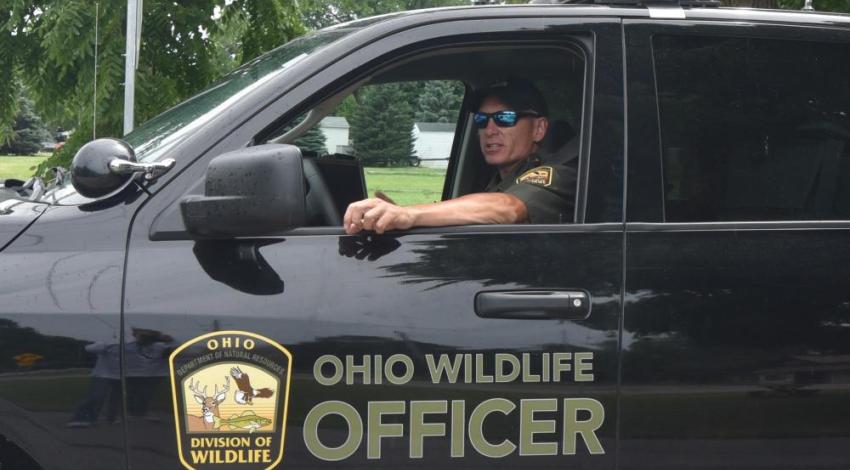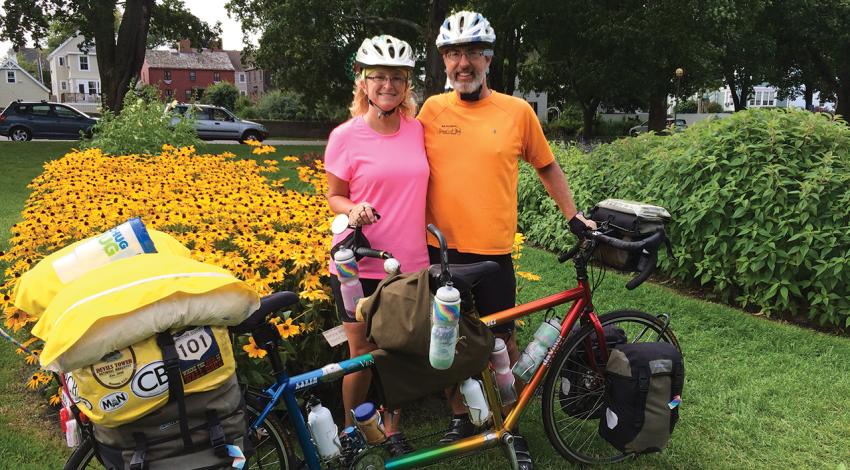Credit: Getty Images
Somewhere among the archives belonging to Pioneer Electric Cooperative in Piqua is buried a postcard from a member notifying the cooperative that the power was out at his home.
“…So, the next time that you are out here, please check it out,” says Nanci McMaken, paraphrasing the document. McMaken, vice president and chief communications officer at Pioneer Electric, has seen lots of changes during her 36 years at the co-op, which serves 16,700 members in Champaign, Shelby, and Miami counties — but methods of communication has been a big one.
Exactly how long ago the postcard was written is not known, but there doesn’t seem to be any real sense of urgency to it — just a request to look into the power outage. Postcards were a common way for members to communicate with their cooperatives for a lot of years, and it’s safe to assume that outages were — as they still are — a topic customers chime in on when they occur.
Was that Pioneer customer happy, mad, or indifferent about the co-op’s service? There’s no way to tell. In today’s digital age, however, members generally view their dealings positively and are happy that co-ops reach out to interact with them through multiple venues, keeping them tuned in to what’s happening — outages included.
The American Customer Satisfaction Index (ACSI), which scientifically measures the satisfaction of U.S. household consumers with the quality of services they use, has rated Ohio cooperatives consistently strongly — well higher than both investor-owned utilities and municipal electric providers. The key drivers of that satisfaction, according to the ACSI surveys, are the “communications keeping members informed” and having members’ “best interests at heart.”
Butler Rural Electric Cooperative in Oxford has earned high satisfaction ratings in recent years, in large part because of its member communications. “We work on communicating with our membership constantly, and technology makes it much easier,” says Lisa Staggs Hermann, Butler Rural Electric’s director of member and community relations.
Even with all the changes over the years, electric cooperatives remain places where consumers can walk in the front door and talk to an employee in person.
Mark Owen, communications manager at Lancaster-based South Central Power Company, cites an Easter morning power outage to illustrate the effectiveness of digital platforms in creating conversations with consumer-members. “Our friends in the media weren’t at work, but we were able to use social media and text messaging to give our members an idea of what was going on,” Owen says. “That didn’t exist in the past.”
SmartHub and advanced metering infrastructure (AMI) are other tools that have significantly increased interaction between cooperative and consumer, giving people ways to track their energy use and pay bills electronically, and to help detect power outages before they happen, among other benefits.
“We take advantage of all the latest technology — email, SmartHub, outage texting — and, of course, social media,” says Sue Gibson, communications director for Union Rural Electric Cooperative in Marysville. “We get good feedback, and the participation of our members is huge.”
Of course, even with all the changes in communication over the years, electric cooperatives remain places where consumers can walk in the front door and talk to an employee in person — likely even the CEO. Consumers also have access to the board of directors, because those directors are fellow members, often neighbors. While technology has spurred greater engagement, traditional ways of communicating — publications, direct contact, community/philanthropic events — still play an important role as part of the larger effort to keep consumers happy.
“Young families are busier than ever, but they need to know they’re members of an electric cooperative that serves them,” Gibson says. “We want to engage our members where they are and in the way that best suits their lifestyle, and we’ll use everything at our disposal to make that happen.”









